One of the most important necessities on the trail, camping, backpacking, and life in general is staying properly hydrated. In general the human body cannot go more than three days without water. As it progresses the effects of dehydration will begin to take its toll on your mind and body. We cannot always carry gallons and gallons of water to cure our thirst but luckily there’s devices on the market to help provide a filtered drinking source.
We cannot always carry gallons and gallons of water to cure our thirst
And why can you not just go up to a water source like a river or lake and drink from it? Because that water can hide micro organisms that’s sole purpose are to feed off you and in turn cause dehydration or severe illness. Some examples of diseases you can catch from drinking unfiltered water are: Diarrhea, Cholera, Beaver Fever, and Malaria to name a few. There’s also various parasites that can be ingested from unfiltered water. So please be safe and drink from a filtered water source.
Now, going back to not being able to carry gallons of filtered water. A gallon of water weigh just over eight pounds and depending on your size, environment and physical output you may require several gallons in a single day which isn’t practical to carry by yourself. Luckily there are several types of devices that are not only light weight but highly effective at providing clean, drinkable water as needed.
Here are some tips and devices I carry in my pack to provide safe drinking water:
1.MSR HyperFlow Microfilter.
This is my go-to device for filtering water on the trail. The filter unit is widely available and can be purchased from most major outdoors stores or online. The kit is made up of three main components (pump, tubing, and filter). It also includes: instructions for proper break in and maintenance, a small carry pouch, and a useful cap adapter for Nalgene and other large mouth drinking bottles. Using this device is easy as connecting the tubing to the pump and filter, then at a slow and steady pace start pumping filtered water into a container. This water filtration system will last a long time as long as proper maintenance is performed and filters are occasionally replaced. Instructional videos can be found online for maintenance steps for the HyperFlow and other filtration device offered by MSR.
2.Lifestraw.
The Lifestraw is made up of a hard plastic tube with an internal filtration device. This is something I carry in my pack for emergency use only. And luckily I’ve only used it for testing purposes. The ease of the Lifestraw is simply put the inlet into the water source and drink just like you were using a giant straw. With proper maintenance (simply blow the unfiltered water out through the inlet) a Lifestraw will filter approximately 750-1200+ liters.
3.Water treatment pills.
Aquatabs, Potable Aqua, or water filter tablets to name a few are tablets that consist of a chemical that kills off most bacteria so you can have a drinkable water source. These are easy to use, simply drop in the tablet and wait for the time (30 minutes to 4 hours depending on the type of tablet) for the chemical to treat the unfiltered water. The down side to these tablets are the time limit and the taste. But bad tasting drinkable water is better than dehydration. Also make sure to read the instructions for each tablet brand as not all steps/warning labels are the same.
4.Boiled Water.
The last tip is also the oldest. If time permits and you have a heat source and a metal vessel, boiling the water is still an effective way to remove pathogens from suspect water. On average water starts to boil around 212 degrees Fahrenheit. The time it takes for water to reach a boil can be anywhere from five minutes or longer depending various factors such as the amount you’re trying to filter, starting water temp, and temp of heating source and altitude. This step takes time and energy but if you are in an emergency situation these steps are necessary.
*Danger Warning: Remember- once boiling temperature is reached, the water must still boil for at least two minutes, preferably longer to kill all pathogens. Also boiling won’t remove sediments or chemical toxins.
As you can see there are luckily many options available for the modern adventurer. The MSR HyperFlow, Lifestraw, and Aqua Tablets are what I carry in my pack for water filtration purposes. There are other devices and style of pumps out there. So before going out on your next hike, camping trip, etc. make sure to do some research into a water filtration device that will suit your needs best. I hope some of these tips help.
Stay hydrated, stay safe, and enjoy the trails!

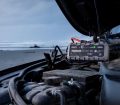
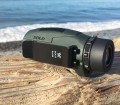
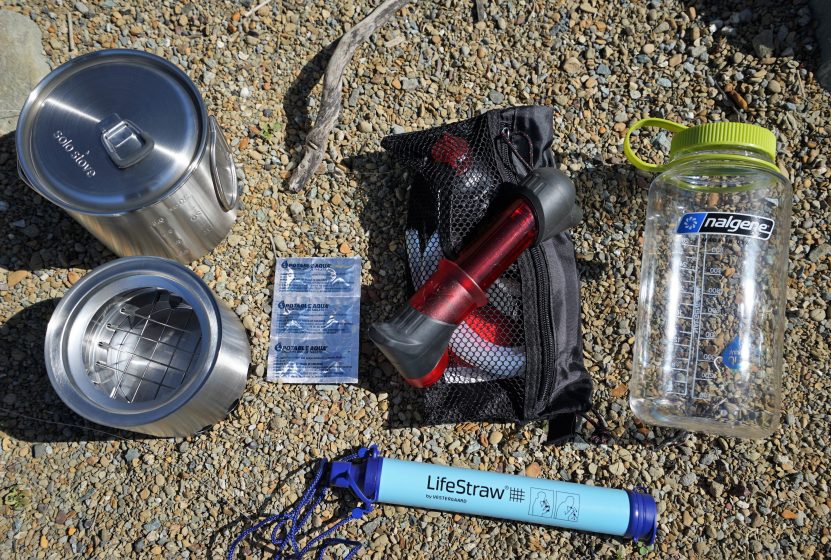
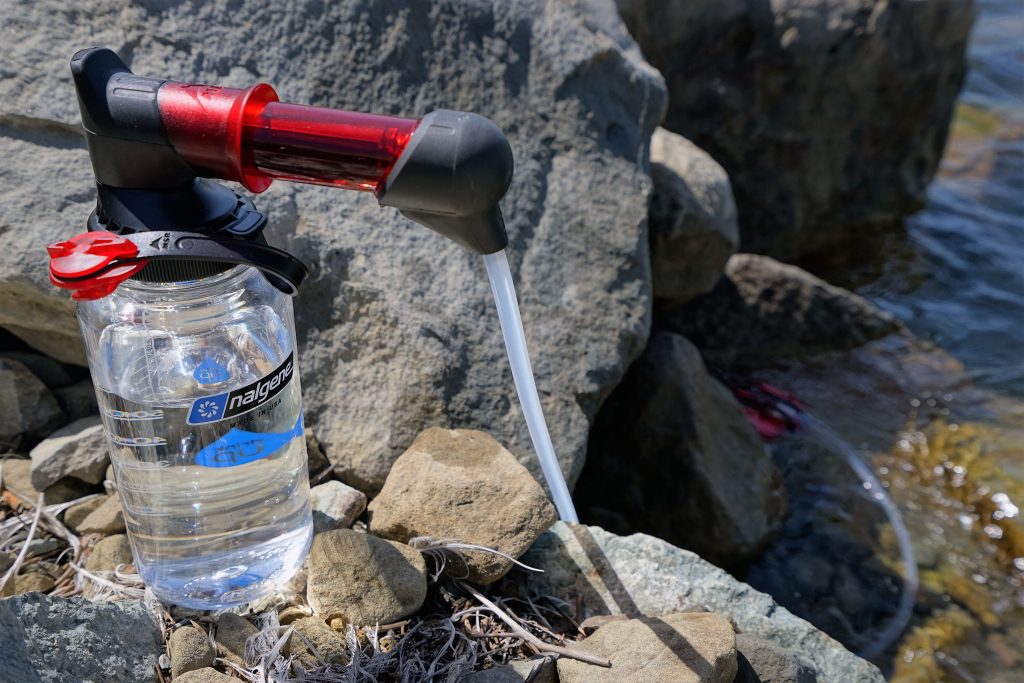
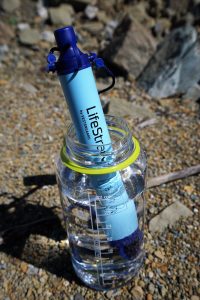
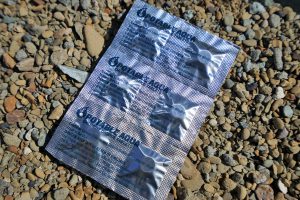
>…and you have a heat source and a metal vessel…
Keep in the back of your head that all (or almost all, can’t really state categorically) aluminum water bottles have a thin polymer/plastic lining that can separate if heated. Stainless Steel bottles OTOH do not.
I carry a UV light that kills bacteria. Normally, I filter water and then zap it with the light to give a second round of sanitation. In some really bad areas I may even go filtration, uv and then Israeli water purification tablets. Get hit with the runs on the trail will be a lesson that will not be forgotten.